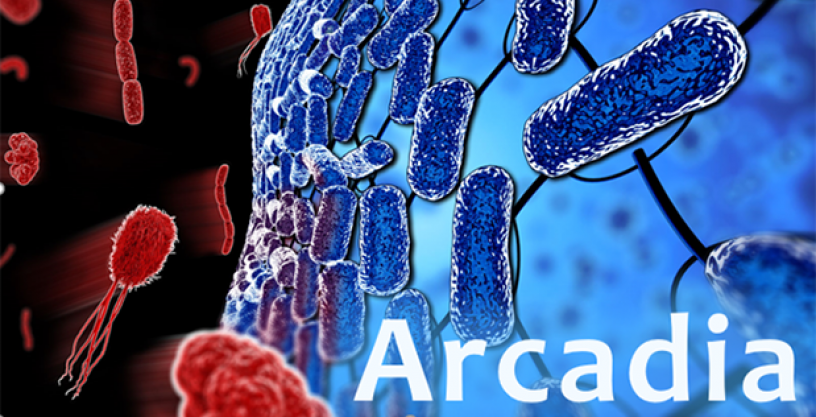Arcadia program focuses on sustainable defense operations, increasing readiness
Mar 21, 2023
Bacteria have evolved to be everywhere, all the time. The DARPA Arcadia program is leveraging that fact to build protective biofilms, working with nature instead of fighting it. The program is focused on understanding how and why bacteria accumulate on Department of Defense (DOD) assets, and harnessing that information to build biofilms that can protect those very same materials from microbial degradation. Increased materiel protection could result in reduced operating costs, extended materiel lifetimes, and ultimately increase warfighter readiness.
Microbial organisms degrade built systems and increase resource consumption in many ways. Biological organisms growing on the surface of ocean-faring vehicles, for example, increase a ship’s drag, resulting in excess fuel and energy consumption to propel the vehicles through the water. Arcadia is focused on tackling not only this biologically induced drag issue on unmanned undersea vehicles (UUVs), but also decreasing corrosion on in-ground fuel tanks and limiting black mold growth on stored assets.
“Research has shown1 that accumulation of biofilms on UUVs can cause more than a 90% reduction in velocity within three months, leading to deployment failure,” said Arcadia program manager, Dr. Tiffany Prest. “Arcadia aims to develop stable, functional, and resilient biofilms that last greater than six months to limit UUV drag.”
Three university teams have been selected to fulfill the goals of the program:
- Clemson University’s Engineering Control of Organic Coatings on Autonomous Navy Gliders (Eco-Coating) project is focused on development of a stable microbial biofilm designed to reduce drag on underway UUVs, thereby reducing energy consumption and extending mission timelines.
- Columbia University’s Inhibiting Molds with Probiotic Ensembles from Diverse Environments (IMPEDE) project is focused on identification of biological species that naturally inhibit mold formation and development of means to disseminate inhibitory organism(s) to protect materiel from premature degradation/failure.
- Texas A&M University’s Microbes Achieve Resistance to MicroOrganism-influenced Rust (µARMOR) project is focused on modeling and prediction of microbially influenced rust to engineer a functional and resilient biofilm to prevent corrosion of materiel and increase platform longevity.
Additional details of the program schedule and metrics are available in the broad agency announcement at: https://sam.gov/opp/636ef1cc998e4b1299f7cd19b8e4c6db/view.
1 C.D.Haldemen et al., 2016 “Lessening biofouling on long-duration AUV flights: Behavior modifications and lessons learned” IEEE Conference, 2016: https://ieeexplore.ieee.org/document/7761236
# # #
Media with inquiries should contact DARPA Public Affairs at outreach@darpa.mil
Associated images posted on www.darpa.mil and video posted at www.youtube.com/darpatv may be reused according to the terms of the DARPA User Agreement.
Tweet @darpa

